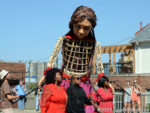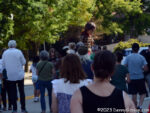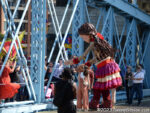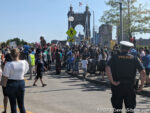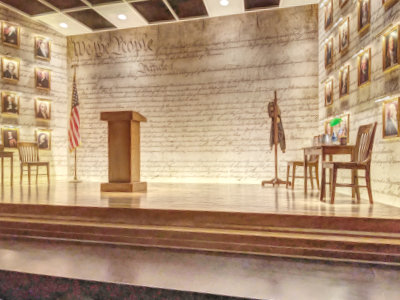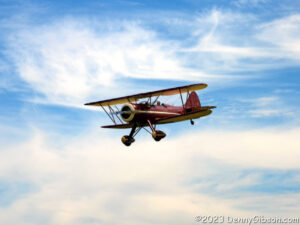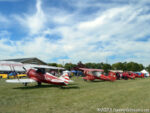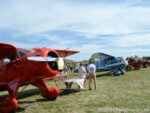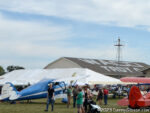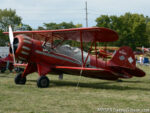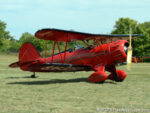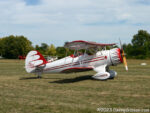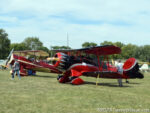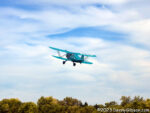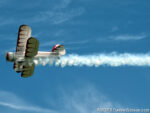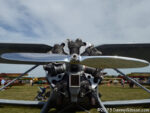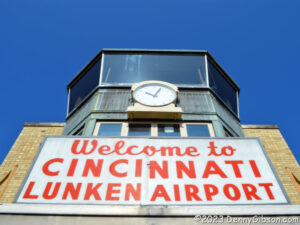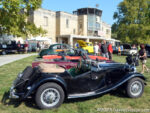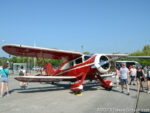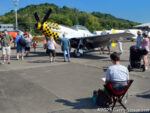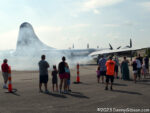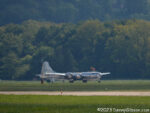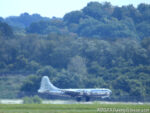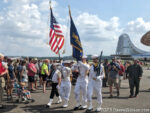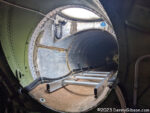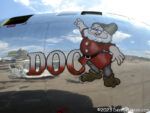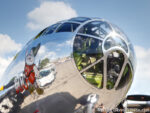
For the forty-seventh time, a bunch of sternwheelers gathered to party in Marietta, Ohio, and, for the first time, I was there. Motel and hotel rooms in Marietta are pretty much filled by Ohio River Sternwheel Festival attendees but I found a very reasonably priced room less than twenty miles away in Mineral Wells, West Virginia. Even after a very leisurely drive on US-50, I arrived in plenty of time to head to Marietta for the festival’s opening ceremonies.
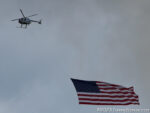


There were some short speeches and some long and sincere thank yous, the national anthem with a giant flag overhead, and a flyover by a Navy jet. Things officially went live with the lighting of the festival torch.

A full evening of entertainment followed with a Tina Turner tribute to finish out the day. Despite knowing that “big wheel keep on turning” would sound extra special tonight, I headed to my motel to rest up for a full day on Saturday. I did stay long enough to hear several tunes from Steve and Beverly Pottmeyer and a friend. Steve performed at the very first Sternwheel Festival in 1976 and has only missed performing at one since then.

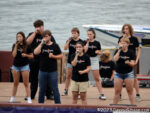
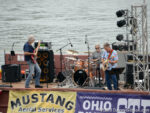
I made it back Saturday in time to catch the first musical performers. The Marietta High School Wall of Sound wouldn’t fit on the stage so they formed their wall on the river bank. The Marietta High School Choir – Vocal Point did fit on the stage. The place where I parked yesterday was operated by the choir. The Bruce Hass Trio was up next with, as far as I know, no high schoolers.
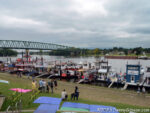
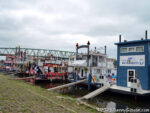
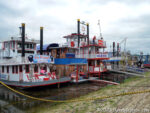
Between checking out the musical acts, I walked the line of boats pulled up to the shore. I counted thirty although I could detect no wheels on the sterns of two of those I counted.
I had noticed a large sternwheeler passing by yesterday and again today. Thinking it might be offering cruises, I zoomed in on its name and turned to the web. Sure enough, the Valley Gem was offering one-hour cruises and there was one remaining before the sold-out fireworks cruise. I reserved a spot on that cruise then turned to Google Maps for directions. I knew the dock would be some distance up the Muskingum River but it was a little farther than I would have guessed. My estimated arrival time for the 2:45 cruise was 2:46.
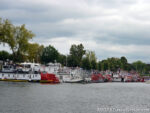

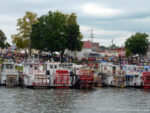
Although I was one of the last to board, I made it. I could now see the wheels on all those sterns. Note the kayakers in that picture with the Lafayette Hotel in the background, and take a look at some of the onshore crowd in the third picture. The cruise also provided a pretty good look at the fireworks barge.


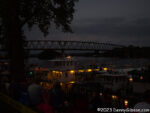
My return to the festival area was a lot more relaxed than my hurried walk to the Valley Gem had been. I tried out a couple of benches along the way then stopped at the Marietta Brewing Company for a brew and dinner. Even so, a couple of hours remained until fireworks time and the ever-increasing crowd reminded me of why I mostly avoid events such as this. I probably would have left if I had not been parked in.



So I stayed and enjoyed a very good, nearly half-hour long, fireworks display. This is a festival highlight that locals mention a lot and it’s easy to see why.
Getting through the ensuing traffic jam was every bit the nightmare I anticipated. I don’t think I learned a whole lot about fireworks-related traffic jams that I didn’t already know but I still feel I deserve a few continuing education credits.
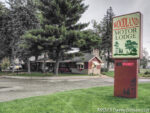 US-127 is the shortest of the two United States Numbered Highways that pass through the county of my birth. It has naturally been on my list of roads to drive but it has been pretty low on the list and hasn’t received a lot of attention. That changed a little bit last year when I realized that its southern terminus is quite close to one of my favorite breakfast spots. It got another boost, and a date to hang a trip on when I learned of an opportunity to scratch off another list item while traveling the route. So I left home Tuesday morning and headed toward the northern terminus of US-127. I actually reached it and will begin driving the trip’s namesake highway in the morning. Even though today was really just getting ready to start, I did take some pictures and put together a journal page.
US-127 is the shortest of the two United States Numbered Highways that pass through the county of my birth. It has naturally been on my list of roads to drive but it has been pretty low on the list and hasn’t received a lot of attention. That changed a little bit last year when I realized that its southern terminus is quite close to one of my favorite breakfast spots. It got another boost, and a date to hang a trip on when I learned of an opportunity to scratch off another list item while traveling the route. So I left home Tuesday morning and headed toward the northern terminus of US-127. I actually reached it and will begin driving the trip’s namesake highway in the morning. Even though today was really just getting ready to start, I did take some pictures and put together a journal page.


